Introduction
How could football grip socks take your performance to the next level? These socks are specially designed to improve traction and grip for football players, the grip patterns come in contact with the insole of the shoe to prevent sliding and slipping during play. In this blog, we'll tell you the secrets of football grip socks and how they affect your game, as well as share real-life examples of athletes and instructions for caring for football grip socks!
How Football Grip Socks Can Take Your Performance to the Next Level? Football grip socks have external non-slip pads that lock your foot inside your boot. This eliminates internal slippage, allowing for more efficient power transfer during sprints and kicks. The enhanced stability leads to sharper, more explosive changes of direction and significantly improves your agility and overall responsiveness on the pitch.
In the football world, every element matters when it comes to performance. From the right cleats to the perfect fit of the jersey, players are often serious about their gear. However, there is an undervalued but very important piece of equipment that has attracted more and more attention in recent years: football grip sock.
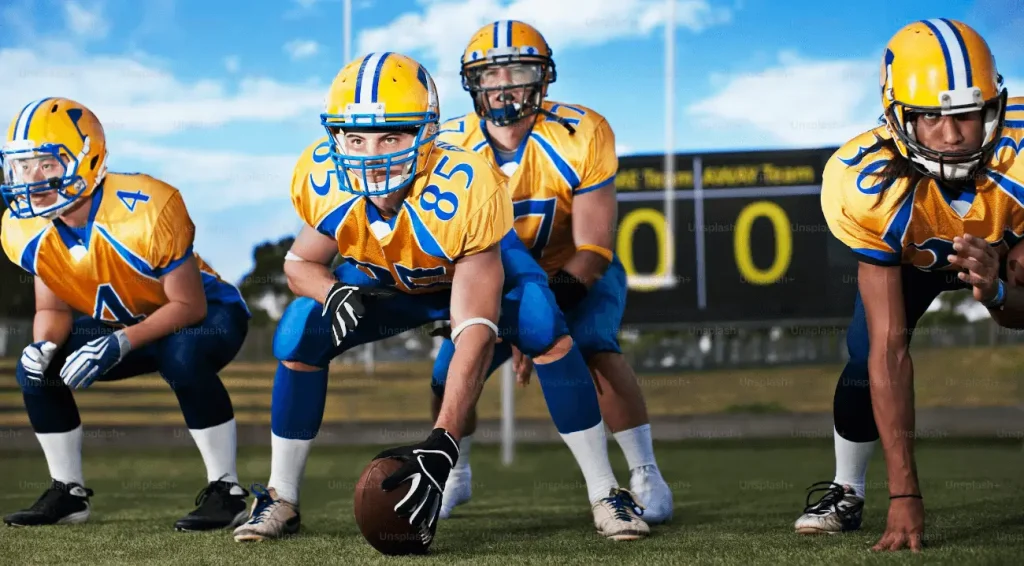
Understanding Football Grip Socks
In this section, we will talk about the definition of football grip socks and the difference between them and normal sports socks.
What Are Football Grip Socks?
We've talked about grip socks before, here's a link to read. Socks with non-slip grips are called grip socks, and there are many occasions that you need to wear grip socks, for example, during exercises like yoga and pilates; jumping grip socks in a trampoline park; non-slip grip socks for kids..etc. So football grip socks are specially made footwear for athletes, particularly football players.
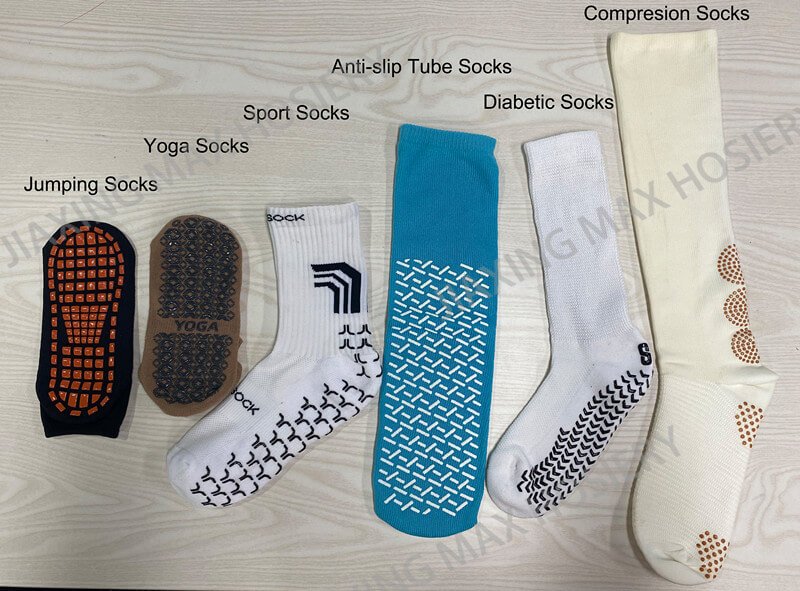
How Do They Differ from Regular Athletic Socks?
Apart from the material for both socks and grips, the structure of the football grip sock itself is different from regular sports socks. Considering that football is a fast-moving, high-intensity sport, the football grip socks should be moisture-wicking, shock-absorbing, comfortable, wear-resistant, and grip-enhancing features.
In this case, normally we will add a cushion ( terry) on the bottom, which can increase the elasticity between the shoe and the foot, so as to provide better moisture absorption and perspiration. And Terry is more hard-wearing and lasts longer than ordinary socks. In addition, a certain thickness of cushion can also reduce the blisters caused by the friction between socks and feet. The higher the terry is, the thicker the thickness must be. Generally, the cushion/ terry height is 3 ~ 4 mm, and a few are made in order to control costs to 2 ~ 3 mm. High thickness requirements of football socks will generally require 5 mm, which is known as high terry in the factory, and it's only used for high-quality quality specially required professional athletic socks because of the high cost. The position of the cushion/ terry is normally on the whole bottom, a few will be on the heel and toe to save cost, and the position can also be customized if you need some special design for the terry. While personally speaking, I do not recommend the pursuit of thickness since too thick terry could bring some problems, such as being tucked in too tightly with sneakers, a lack of feedback, freedom of movement between the heel and the shoe due to the increased thickness, and other related problems.
Second, professional football grip socks should have a better wrapping force, that is, there is a clear sense of wrapping and tightening on the feet, so that the shoes and socks are more heeled and less prone to wrinkle affecting the feeling of the feet. Usually, we add a compression loop on the arch part so that the sock fits well on the foot. This is because the arch part has the least amount of contact with the ground and suffers the least amount of friction during movement. Therefore, it is most suitable to add a compression zone in case the socks will fall off due to fast movements during football.
This last difference is already reflected in the name "grip". The characteristic of football grip socks is to add silicones or other material cushions to increase the friction between the socks and shoes so that the socks do not easily slide during football, which significantly reduces the risk of a player's foot slipping. Some brands even use both inside and outside grips to enhance friction. So next we will talk about the materials, we're also prepared an introduction video.
The Materials Behind Football Grip Socks
The materials behind football grip socks are important to understand, as they affect the comfort, performance, and durability of the socks. We will divide the material into two parts: the sock material and the grip material.
Material Of The Socks
Sports socks are made of different raw materials to meet different sports characteristics, but they can be divided into natural fibers such as cotton, linen, silk, and wool, and synthetic fibers like nylon and polyester. We've discussed the material of compression socks before, you can review it here.
For football grip socks, the primary need is moisture-wicking, comfortable, and non-slip. Cotton fiber is, therefore, the preferred material; it is undoubtedly the best in terms of skin-friendliness and comfort as it is a natural fiber. Another point worth mentioning is as a natural fiber, the roughness of its fiber surface is superior to that of synthetic fibers, which means that it has better anti-slip properties. And cotton fiber has a better anti-slip effect when getting wet, which is especially crucial for sports like football where there are a lot of sharp turns and stops. So cotton is mostly used on the bottom part of football grip socks.
Cotton yarn is also divided into normal cotton and combed cotton. The latter one is combed more finely, the texture is soft and smooth, skin-friendly, and has less impurity. For customers with higher requirements for sports socks, our factory usually uses combed cotton to produce socks.
However, cotton fibers are not a universal ingredient, as they absorb moisture easily but do not dry easily. That is to say, if you sweat, cotton will quickly absorb the sweat, but the sweat is kept inside the fiber and does not evaporate easily and quickly. That's why we usually add synthetic fibers such as nylon or polyester to make socks quick-drying. In addition, the abrasion resistance and wrapping properties of synthetic fibers are better than those of cotton, making them more suitable for sports socks.
The last material is added to all of the socks, that is spandex. For football grip socks, we usually use elastic at the same time to provide flexibility and compression. To sum up, a pair of professional football grip socks is usually made of cotton yarn and synthetic fiber.
Material Of The Grips
Actually, we've talked about grips in detail in a previous article, click here to read more. There are mainly two kinds of grips, one is plastic grips like silicone or PVC rubber, another is fabric grips which are flocking grips. The thickness, price, and technique are totally different between these two grips. The most common one is silicone or PVC rubber, and our previous article also showed the production process of grip adding. These two materials are optimal materials for football grip socks because of their soft, flexible, and environmentally friendly properties. They are breathable and waterproof, allowing the foot to stay cool and dry during sports. So some brands will use two layers of silicone grips to increase the friction, they will add grip on both inside and outside of the socks.
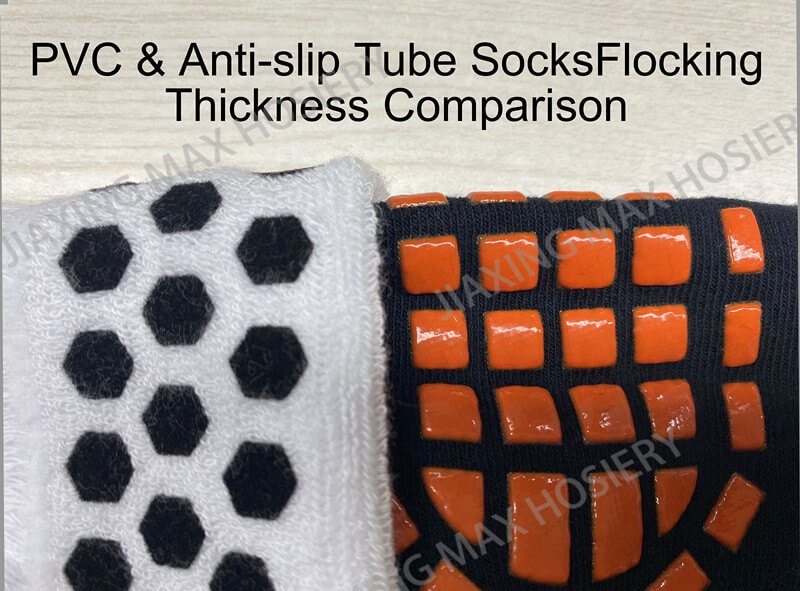
Even though there's a certain thickness of such kind of grip, the material itself is elastic so it moves naturally with the stretching and compression of the football sock and can maintain grip and traction even during intense play in all weather conditions. Moreover, the gentle non-toxic nature of silicone/PVC allows people prone to skin issues to comfortably wear grip socks.
A flocking grip is an ironing process whereby a non-slip cloth is added to the sock. The brands of TRUSOX had used this kind of technology. Since there's a patent regarding their technology, we can read more here.
No matter which kind of grip, we can customize the grip shape, color, and position.
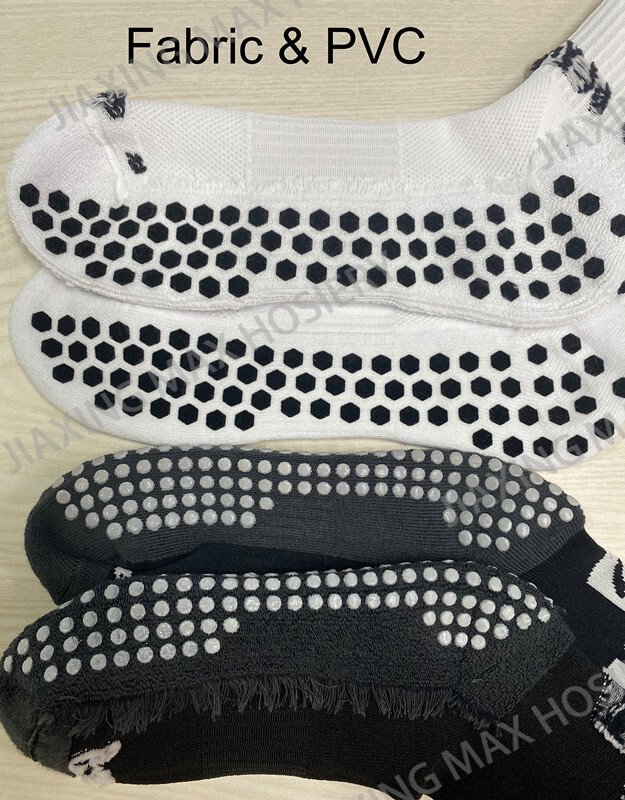
Real-Life Success Stories With Football Grip Socks
There are so many stories about how football grip socks help players in football.
Gareth Bale: Gareth Bale is one of the first players who started wearing football grip socks in 2012, when he was playing for Tottenham Hotspur. He chose to wear Trusox to improve his traction and control on the pitch. He said that Trusox helped him "feel more comfortable and confident" in his boot. His performance improved significantly, as he scored 26 goals in 44 appearances for Tottenham in the 2012/13 season, and won several awards, such as the PFA Players' Player of the Year and the FWA Footballer of the Year. He then moved to Real Madrid for a record-breaking fee of £85.3 million in 2013, where he continued to wear Trusox and won many trophies, such as four UEFA Champions League titles and two La Liga titles.
Resources from https://www.dailymail.co.uk/sport/football/article-2285745/Gareth-Bale-secret-socks-weapon-Trusox.html
You can find a lot of videos and feedback online about how grip socks help in games and trainings. Below is what we found from some ecommerce website.
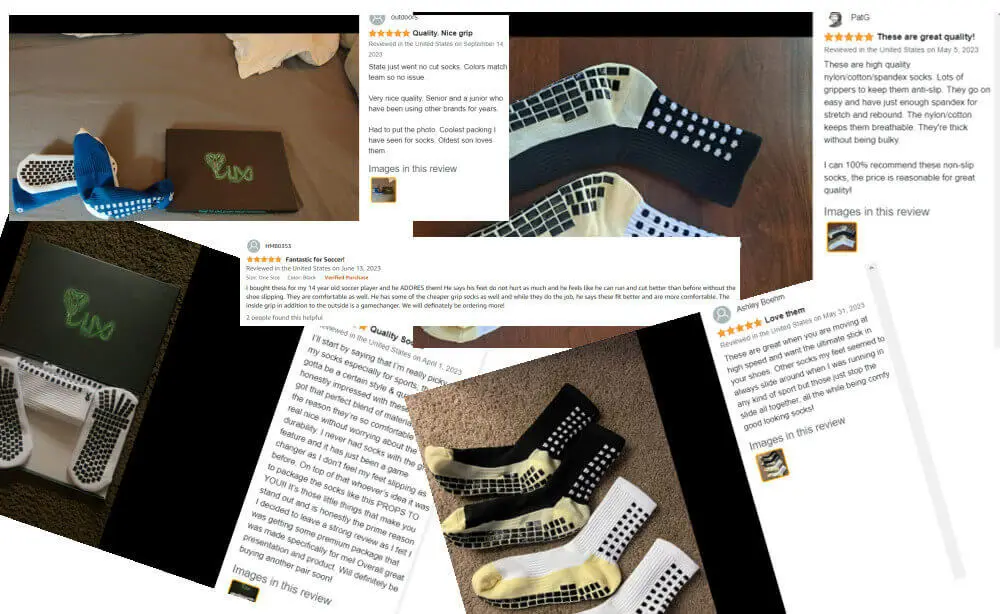
Care and Maintenance Of Football Grip Socks
We have compiled a list of frequently asked questions about the cleaning and care of football grip socks.
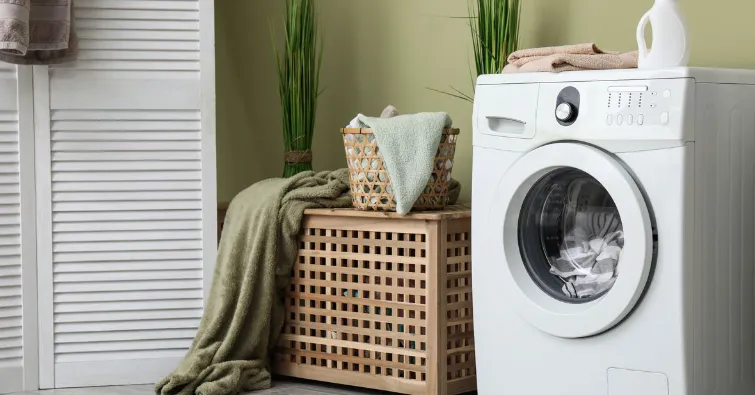
Proper washing can extend the life of football grip socks, and it is best to prepare one or two more pairs to replace them in turn, as it will help ensure that they do not wear out too quickly.
Generally speaking, we recommend that a pair of football grip socks be replaced after 3-5 months of use.
All in all, if you are looking to improve your athletic performance while playing football, then football socks are an easily accessible upgrade to a type of equipment, and the choice of different materials can affect your play while playing to varying degrees.
Below are some popular styles of our football grip socks and scrunch socks.
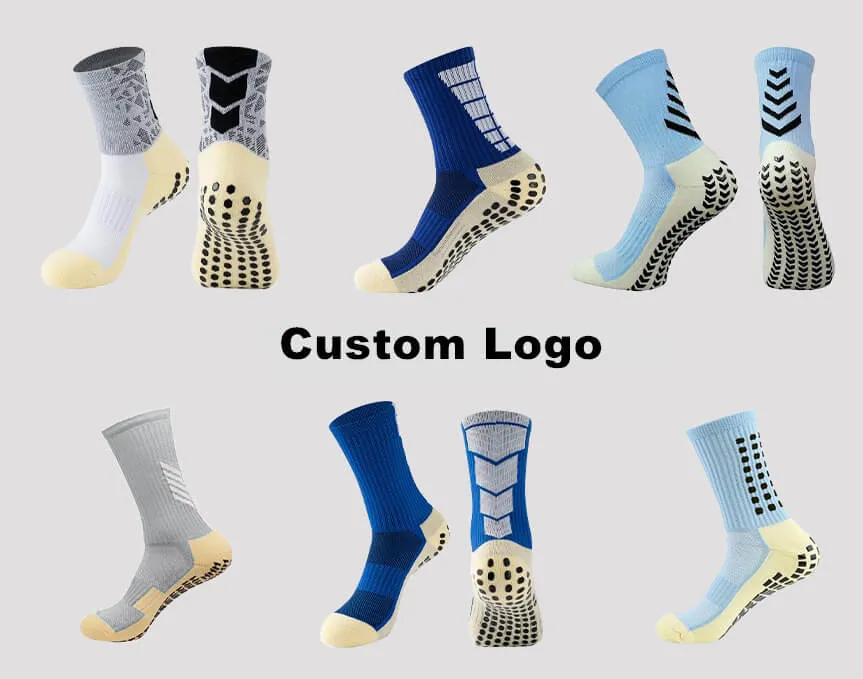
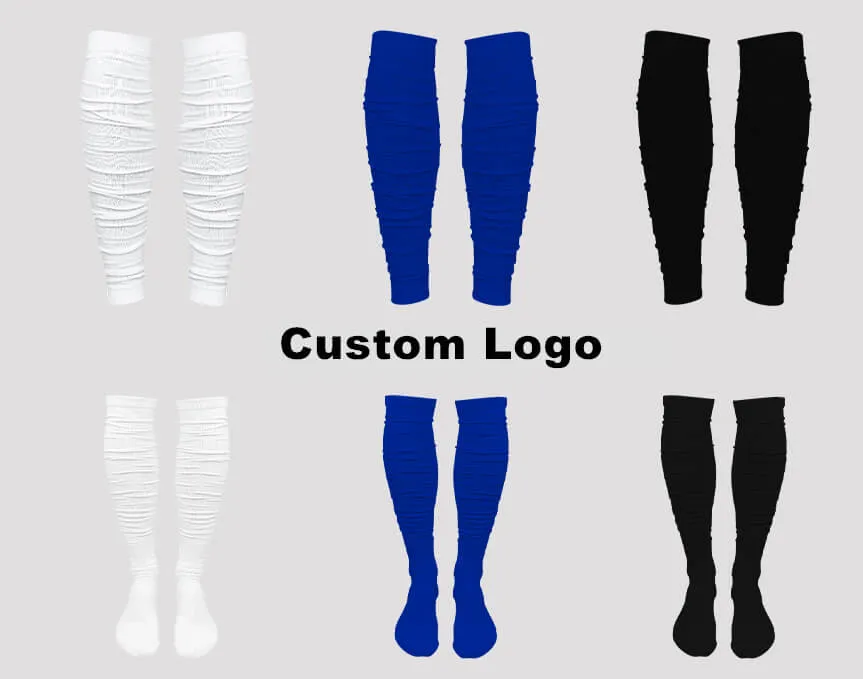
Let's discuss how to custom football grip socks for your brands, we Jiaxing Max Hosiery will assist you from logo design, sock design, material selection, packaging customization and shipping!
FAQ
Q1. Are football grip socks machine washable?
Yes, football grip socks can be both hand washed or machine washed.
Q2. What is the washing temperature for football grip socks?
In order to maintain the stability and durability of the material, we recommend washing football grip socks in lukewarm or cold water below 40°C. Pay attention to washing similar coloured clothing and socks together to avoid staining.
Q3. Can you use bleach with football grip socks?
Bleach has some irritating ingredients and can affect the elasticity of the socks as well as the grip function. It is recommended to wash football grip socks without bleach and use a mild detergent.
Q4. How do I dry my football grip socks?
When drying football grip socks, it is best not to leave them in the sun for a long period of time. Lay them out flat or hang them outside for 2 hours, and when they are almost dry, move them indoors to a cooler place. After drying, you can move them indoors to a cooler place. Because of prolonged exposure to the sun, the ultraviolet rays of the sun will damage the fibers, leading to the hardening of the sock fibres and grips, and the socks will get harder and harder as a result of the irreversible exposure to the sun!
Q5: Can I put football grip socks in the dryer?
The high temperature of the dryer will destroy the fibres and grips, especially the spandex and elastic yarns inside the socks are very thin, so drying at high temperature is like using a hair dryer to blow your hair at a high temperature, which will make the cotton fiber inside football grip socks become harder, and the silicone or PVC grips may be broken. Therefore, when using the drying function for football grip socks, it is best to dry at a low temperature within 30℃.
Q6. How often should I wash my football grip socks?
For optimal results, football grip socks should be cleaned after every use. If that's not possible, be sure to wash them at least every week. This routine cleaning will eliminate dirt, sweat, microbes, and odors that can degrade the socks over time.
